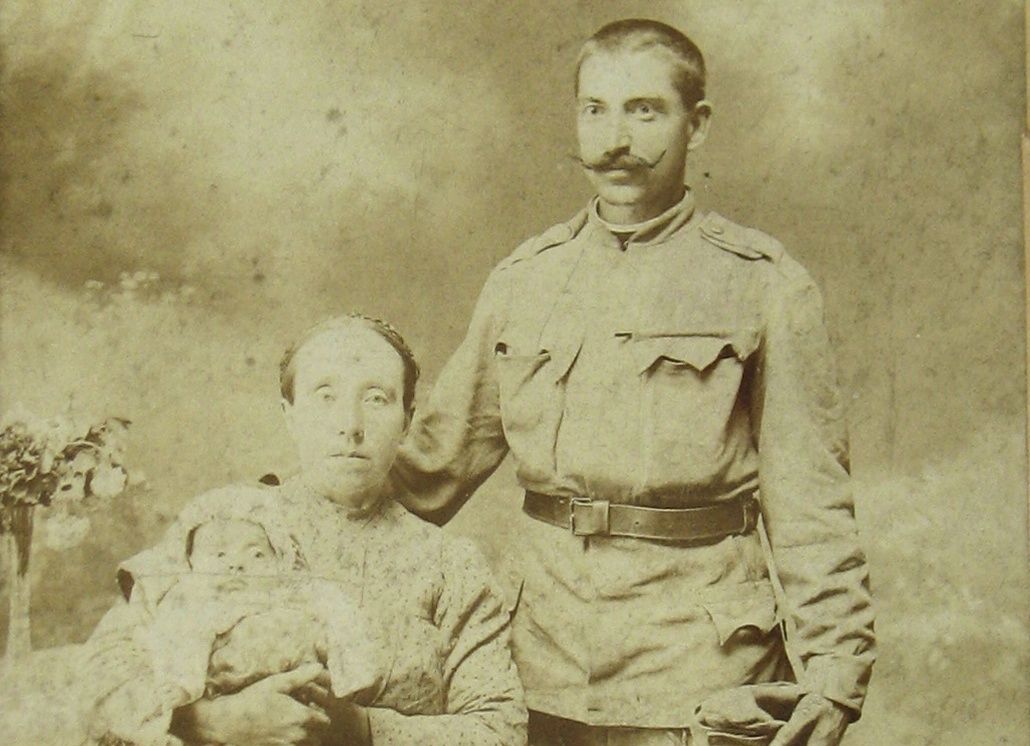Introduction to Genealogy for Librarians and Patrons

In recent years, the popularity of TV shows like “Who Do You Think You Are?” has brought genealogy back into the spotlight, but many people (including librarians!) have no idea where to begin. While there are many fantastic books out there on the subject of genealogy research, many individuals just don’t have the time to read and digest all of this information. In this series of articles, we will learn how to begin your research, how to locate and document items, discuss relevant websites and books that can assist librarian and patron alike in genealogy research, and talk a bit about problems that can happen along the way.
Let’s begin with the basics.
You may not know it, but your home is filled with historically valuable genealogical evidence and items. From scrapbooks to photographs, to family bibles to legal records, there are scores of information waiting to be found and collected lying about in your closets, offices and safes. The first step in any genealogical research project is to gather what you already have or know. You will want to purchase some clear sheet protectors and a three-ring binder; this will help you keep all of the relevant information easily at your fingertips. As you find an item, it is important to keep track of what you have already seen, and to place it in a sheet protector in the three-ring binder. Keep a sheet of paper and write or type out what kind of document it is, who it pertains to, and the date that you examined the item.. Keep this sheet of paper with your research: it will help keep you from running in circles wondering if you’ve already seen an item and it can save time when conducting research down the line. We will discuss citation formats later on in the series, but for now just keep a simple list of items that you have already reviewed.
Next, you will want to begin creating your immediate family tree. This includes you, your children if you have any, your parents, your siblings and their families. You need not worry too much about the younger children just yet; the important thing is to get all of the important information down on paper. Write down as much as you know about each person including dates of birth, death, marriage (not just the current, but all marriages) and any other information you may come across during your sweep of your personal items.
Once you have all this information assembled, you will begin to to see where there are holes. Say, for example, you don’t have a birth or death certificate for your parents. How do you find it? For your parents, it’s simply a matter of contacting the Office of Vital Statistics in the state where the person was born or died. Most states have a form to fill out, and in some cases, you will have to prove who you are in relation to the person you are requesting. There is usually a nominal fee (in my personal experience it can range from ten dollars to twenty-five dollars) for processing your request, and it varies by state. Marriage certificates can be located in the Clerk’s Office of the county where the marriage took place in most cases, though there are exceptions (we will look at possible exceptions in future posts).
This is just the beginning of your genealogical journey through the past. In future posts, we will discuss other types of documents, places you can look for hard to find items, and challenges that come about when conducting research. In our next article, we will discuss the importance of historical context and what it can tell you about your family.
Tags: genealogy research












